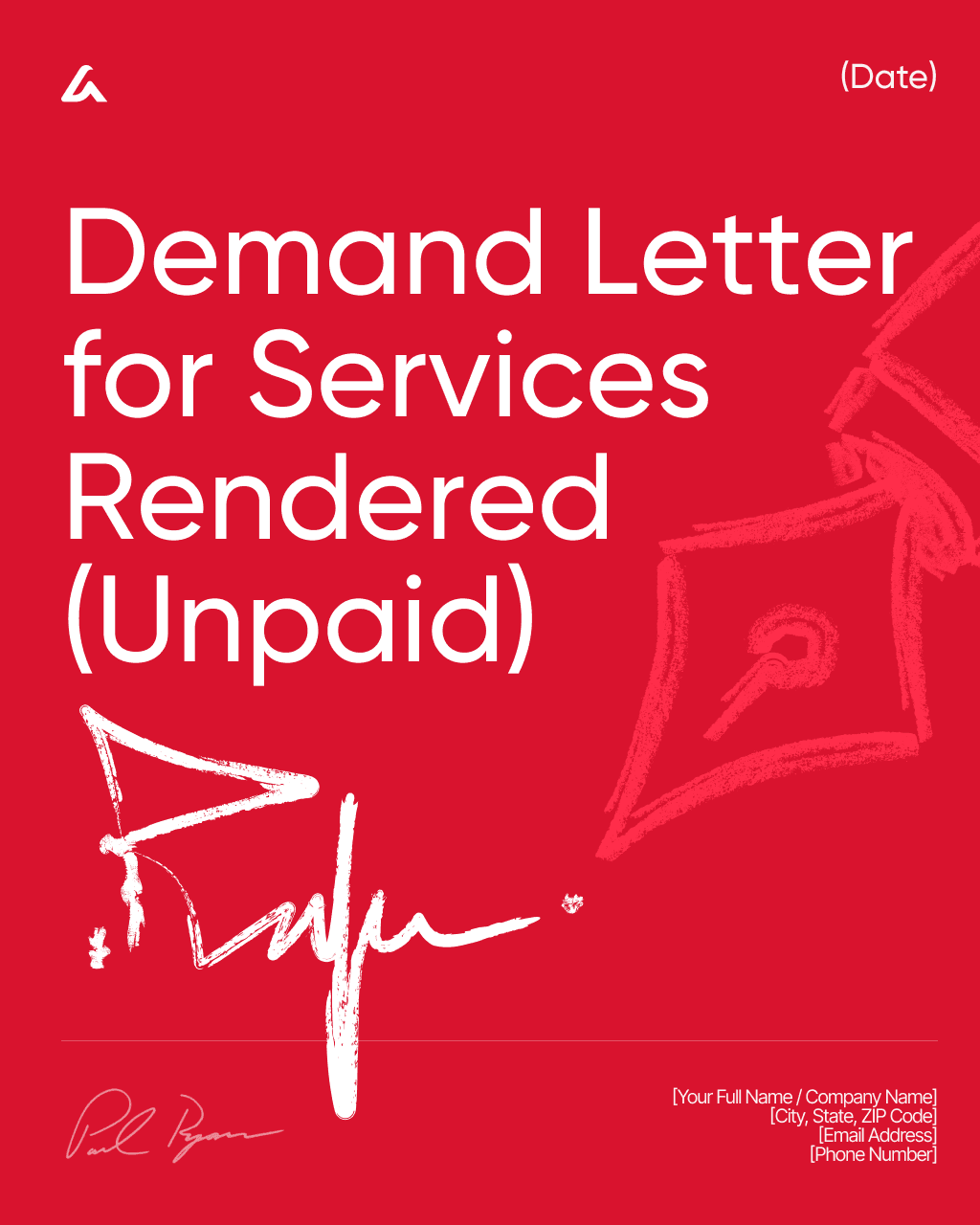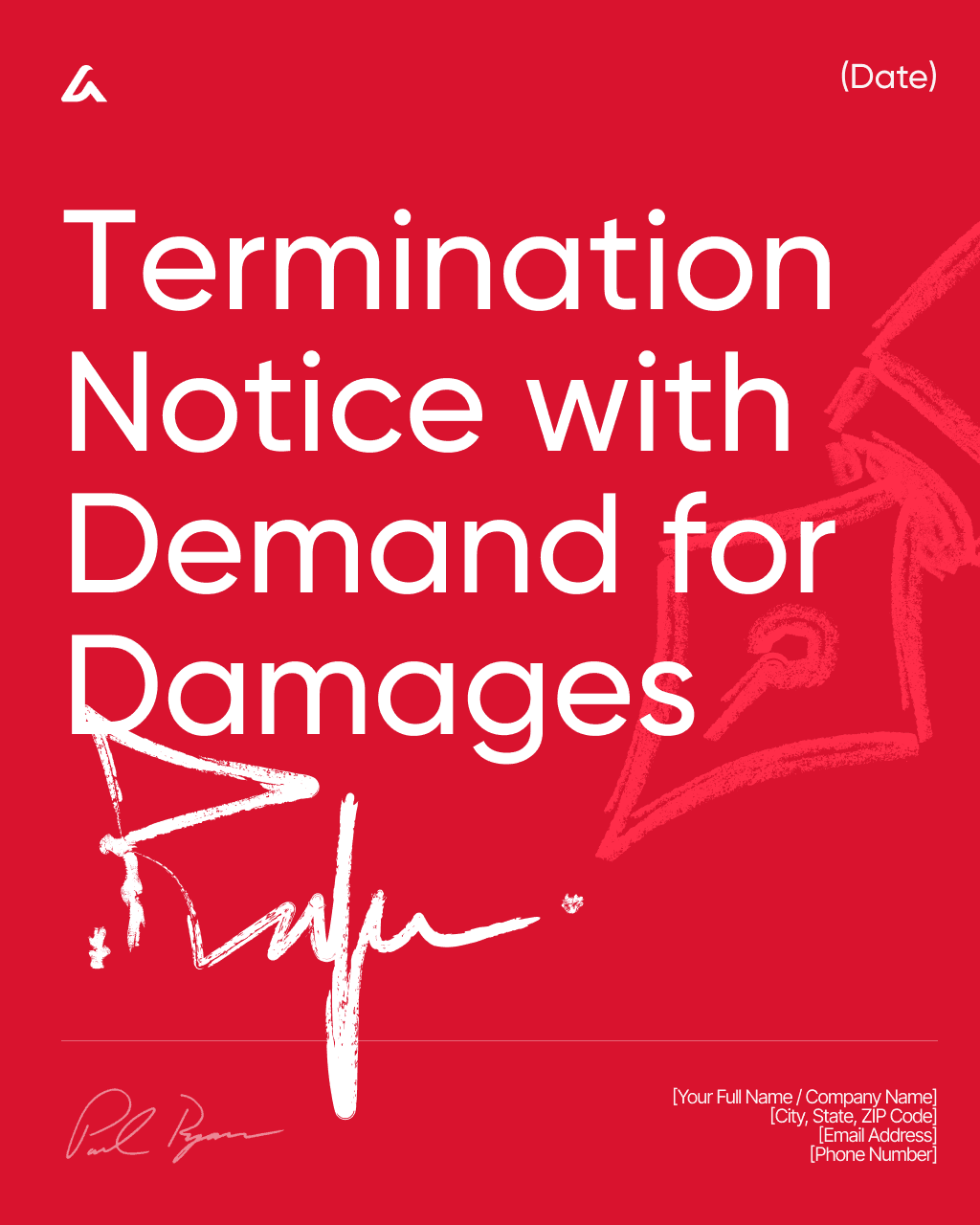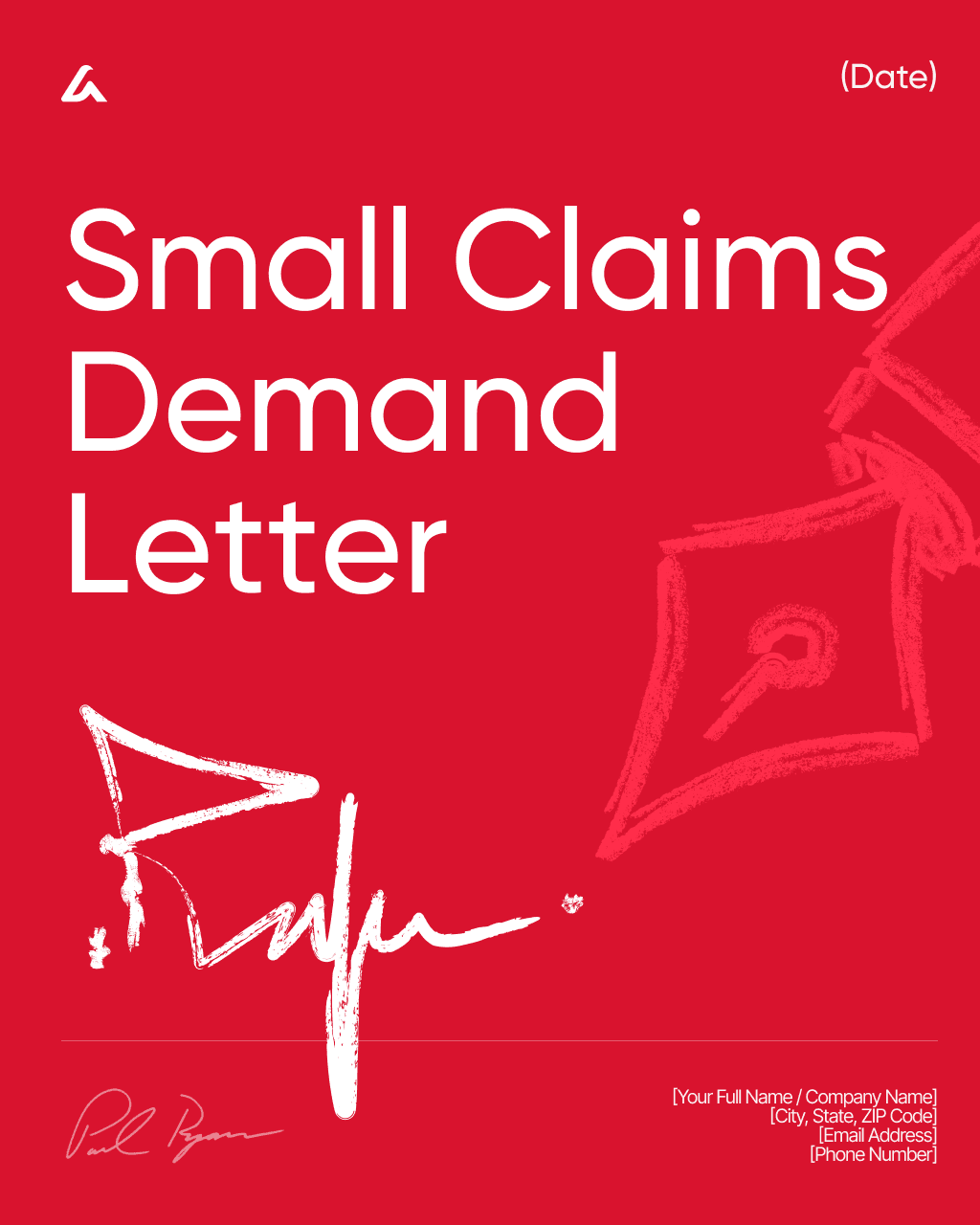Free template
Letter of Intent (LOI) Template – Washington
Establish mutual understanding and support smooth negotiations with this Washington Letter of Intent Template.
Downloaded 2219 times
Download template
Letter of Intent (LOI)
This Letter of Intent ("LOI") is made and entered into on [Date], by and between:
Party A: [Full Name / Company Name]
Address: [Address]
and
Party B: [Full Name / Company Name]
Address: [Address]
Collectively referred to as "the Parties."
Purpose
This LOI memorializes shared intent to evaluate a potential collaboration in Washington State, emphasizing innovation and ethical conduct. It promotes clarity on strategy, deliverables, and dependencies.
The Parties aim to balance speed with thorough diligence as they progress toward a definitive agreement.
Intellectual Property
Preliminary expectations around IP may include ownership of new developments, licensing of background IP, and treatment of jointly created materials. Detailed schedules will be finalized later.
Early signaling avoids misunderstandings and accelerates legal drafting.
Sustainability Commitments
Where feasible, the Parties may adopt responsible practices around sourcing, emissions, and community impact. High-level goals can be converted into measurable targets in the definitive contract.
This approach aligns long‑term brand reputation with operational planning.
Confidentiality
Non-public information exchanged will be protected, used only for diligence, and shared selectively with bound advisors. Appropriate access controls will be implemented.
Obligations survive termination or expiration.
Good Faith
The Parties intend to collaborate in good faith, escalate issues promptly, and document decisions. Regular status check-ins may be used to maintain alignment.
If core assumptions change, the Parties will reassess scope and timing together.
Non-Binding Effect
This LOI is non-binding except for sections expressly stated as binding. It is not a promise to consummate a transaction absent a definitive agreement.
Either Party may discontinue discussions subject to any binding terms.
Governing Law
This LOI is governed by Washington State law. The Parties will seek amicable resolution before formal action.
IN WITNESS WHEREOF, the Parties have executed this Letter of Intent on the date first written above.
Party A Signature
Name:
Title:
Party B Signature
Name:
Title:
Flash deal
Flash deal
Today
Today
No time to fill it up? Generate your custom agreement with AI Lawyer in seconds
What’s Included
Legal Research
Legal Research
Legal Research
Contract Drafting
Contract Drafting
Contract Drafting
Document Review
Document Review
Document Review
Risk Analytics
Risk Analytics
Risk Analytics
Citation Verification
Citation Verification
Citation Verification
Easy-to-understand jargon
Easy-to-understand jargon
Easy-to-understand jargon
Details
Learn more about
Letter of Intent (LOI) Template – Washington
Click below for detailed info on the template.
For quick answers, scroll below to see the FAQ.
Click below for detailed info on the template.
For quick answers, scroll below to see the FAQ.
Washington Letter of Intent (LOI) FAQ
What is a Letter of Intent?
A Letter of Intent (LOI) is a document that outlines the initial terms and intentions of parties who plan to enter into a formal agreement. It is often used as a pre-contract to show serious interest and confirm the key points before drafting a final, legally binding contract.
An LOI helps ensure both sides agree on the main expectations, goals, and basic terms upfront, reducing misunderstandings later. While it may include important details such as pricing, timelines, responsibilities, and next steps, most Letters of Intent are not legally binding, except for specific clauses like confidentiality or exclusivity if included.
When to use a Letter of Intent?
A Letter of Intent (LOI) is used when two parties want to outline the key terms of a potential agreement before creating a formal contract. It helps confirm interest, clarify expectations, and make sure both sides agree on the main points early in the process.
Individuals often use an LOI when applying for a job, internship, school, or partnership opportunity to show serious intent and professional interest. Businesses use a Letter of Intent during negotiations for major transactions, such as buying a business, forming a partnership, or entering into a commercial agreement. In these cases, an LOI sets out the main terms — such as price, timeline, responsibilities, and confidentiality — before preparing a detailed and legally binding contract.
What should be included in a Letter of Intent?
A Letter of Intent (LOI) allows parties to outline, clarify, and announce the key terms of a potential deal before creating a final, legally binding agreement. It sets expectations and ensures both sides understand the proposed transaction.
A well-structured Letter of Intent should include:
Contact information: Include the names, addresses, and contact details of both the sender and recipient.
Salutation: Use a professional greeting and the recipient’s full name (e.g., “Dear [Name]”).
Introduction: Clearly state the purpose of the letter, the opportunity or transaction being proposed, and the key parties involved.
Body content: Provide essential details such as the scope of the proposal, responsibilities of each party, timeline, pricing or financial terms, contingencies, and any due diligence information required.
Confidentiality or exclusivity (if applicable): Note any terms that limit sharing information or negotiating with others.
Closing statement: Explain the next steps to move forward (such as signing the LOI) and include an expiration or response deadline.
Signature: The sender should sign and date the LOI to confirm the intent.
Enclosures: List and attach any supporting documents, such as NDAs, business summaries, or product details.
While an LOI is often not fully legally binding, businesses should consider having it reviewed by a lawyer to ensure clarity, protect their interests, and avoid unintended legal obligations.
Is a Letter of Intent legally binding?
A Letter of Intent is usually not fully legally binding, but it can include certain binding provisions depending on how it is written. Most LOIs simply outline the parties’ intentions and key terms before drafting a final agreement. However, specific sections — such as confidentiality, exclusivity, non-disclosure, or governing law clauses — can be legally enforceable if clearly stated as binding. To avoid misunderstandings, the LOI should clearly specify which parts are binding and which are non-binding.
How is a Letter of Intent different from a Letter of Interest?
A Letter of Intent (LOI) and a Letter of Interest may sound similar, but they serve different purposes. A Letter of Intent outlines a proposed agreement or upcoming transaction and may include specific terms, such as pricing, timelines, or responsibilities. It shows a clear intention to move forward with a deal, partnership, job, or purchase, and can sometimes include binding clauses.
A Letter of Interest, on the other hand, is more exploratory and less formal. It usually expresses general interest in an opportunity—such as a job, school, business partnership, or real estate—but does not include detailed terms or commitments. It is more like a pre-conversation introduction to show enthusiasm or curiosity before negotiations begin.
In short, a Letter of Intent outlines intended terms of a future agreement, while a Letter of Interest expresses initial interest without commitment.
Similar templates
Other templates from
Letters and Notices Templates
Money back guarantee
Free trial
Cancel anytime
AI Lawyer protects
your rights and wallet
Money back guarantee
Free trial
Cancel anytime
AI Lawyer protects
your rights and wallet
Money back guarantee
Free trial
Cancel anytime
AI Lawyer protects
your rights and wallet
Money back guarantee
Free trial
Cancel anytime









































































































































